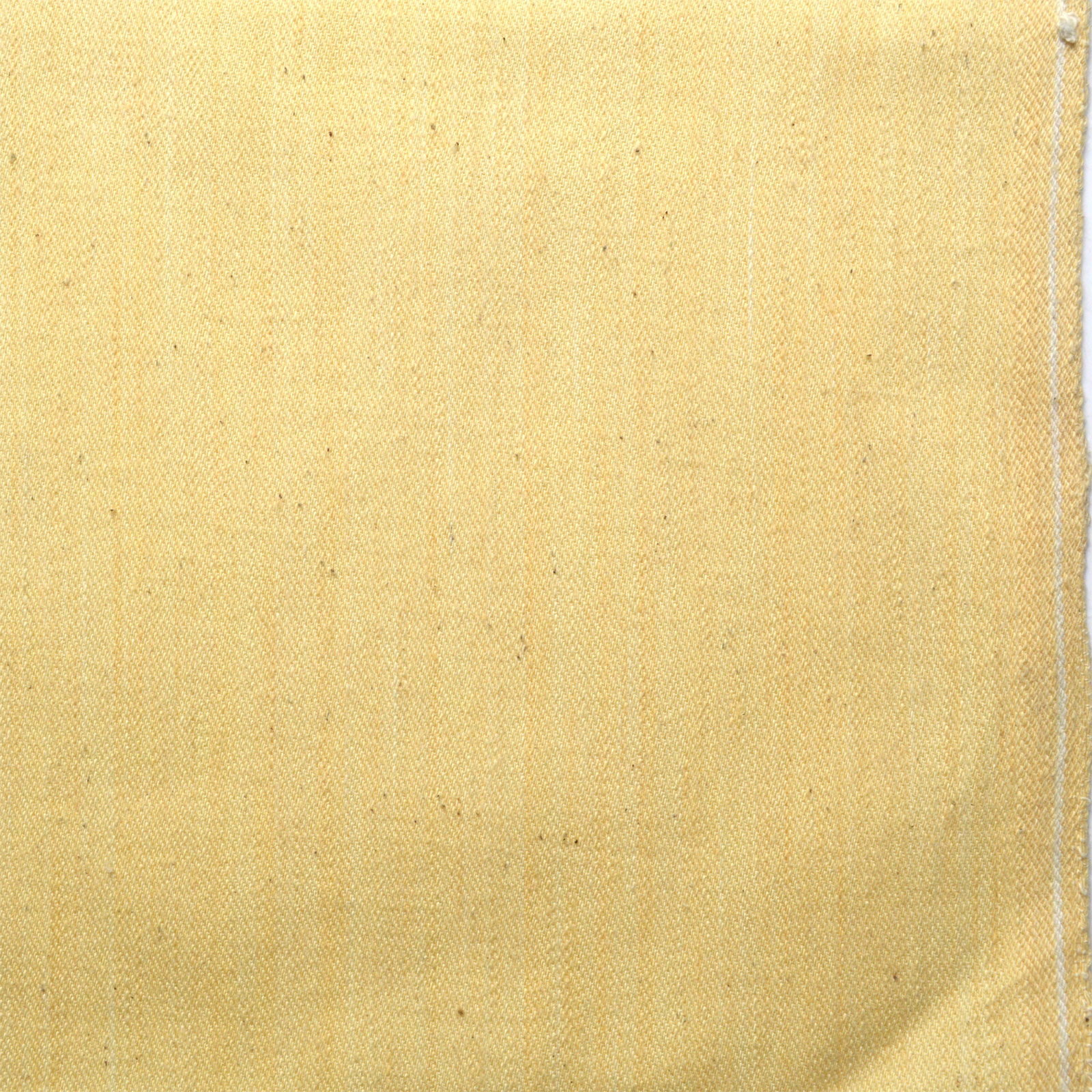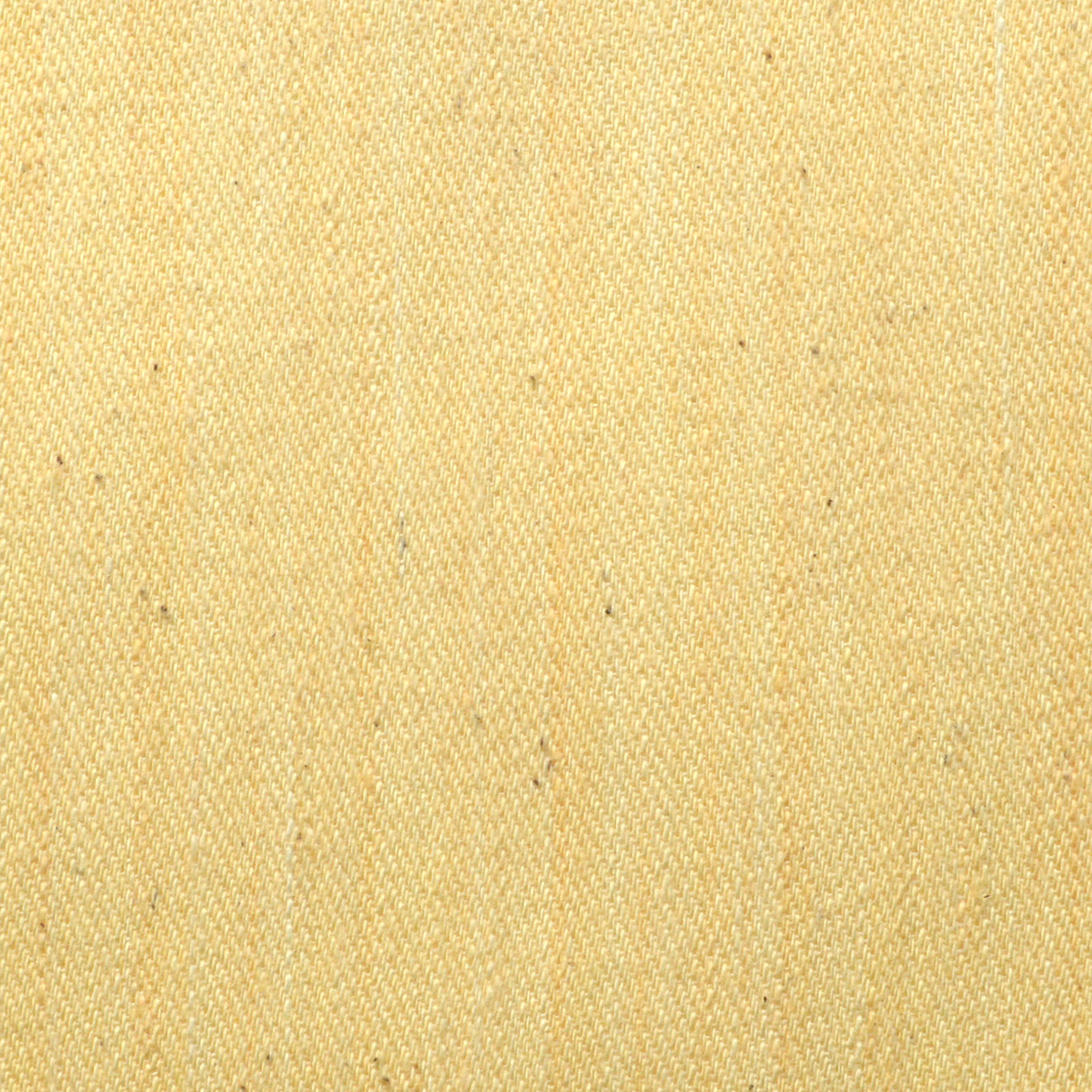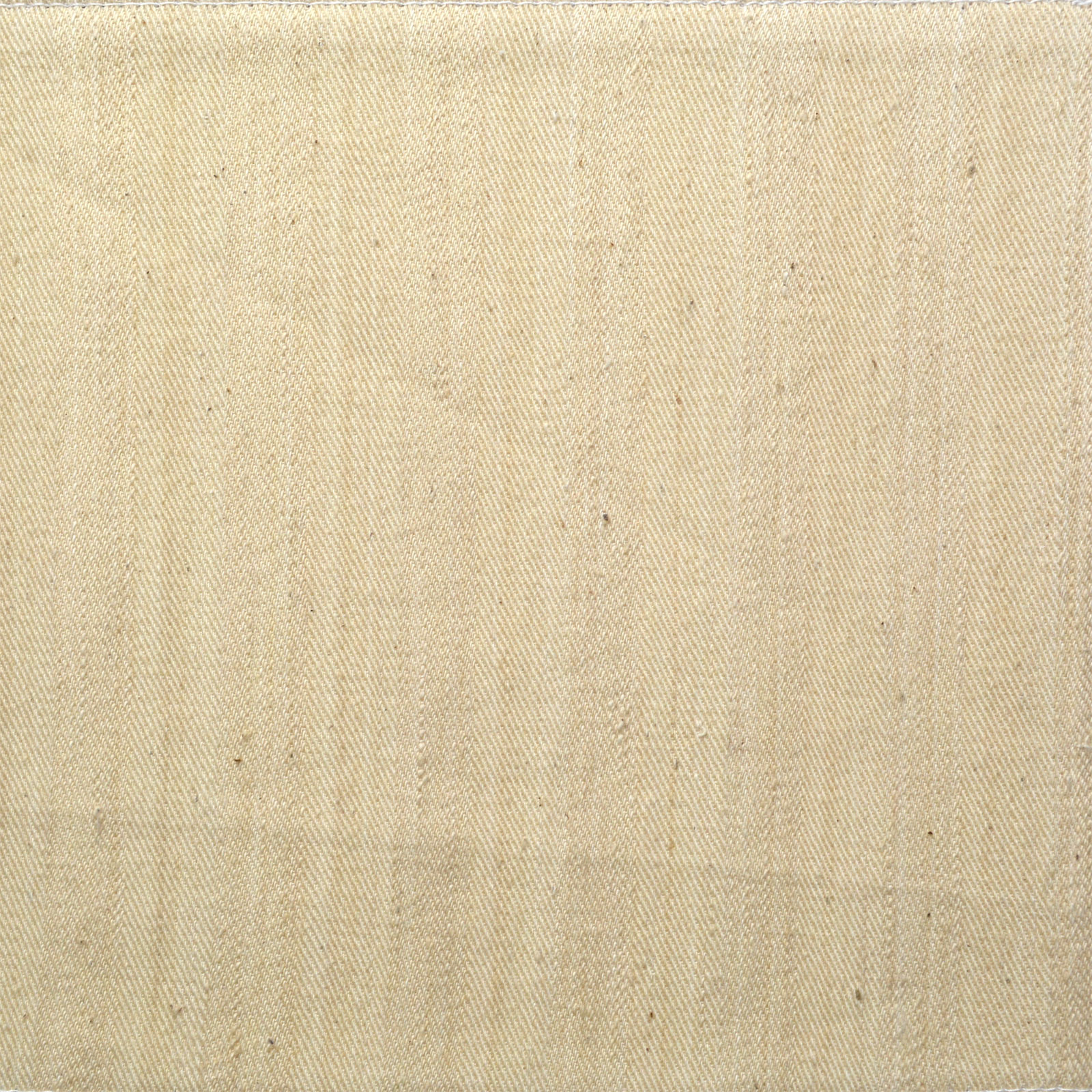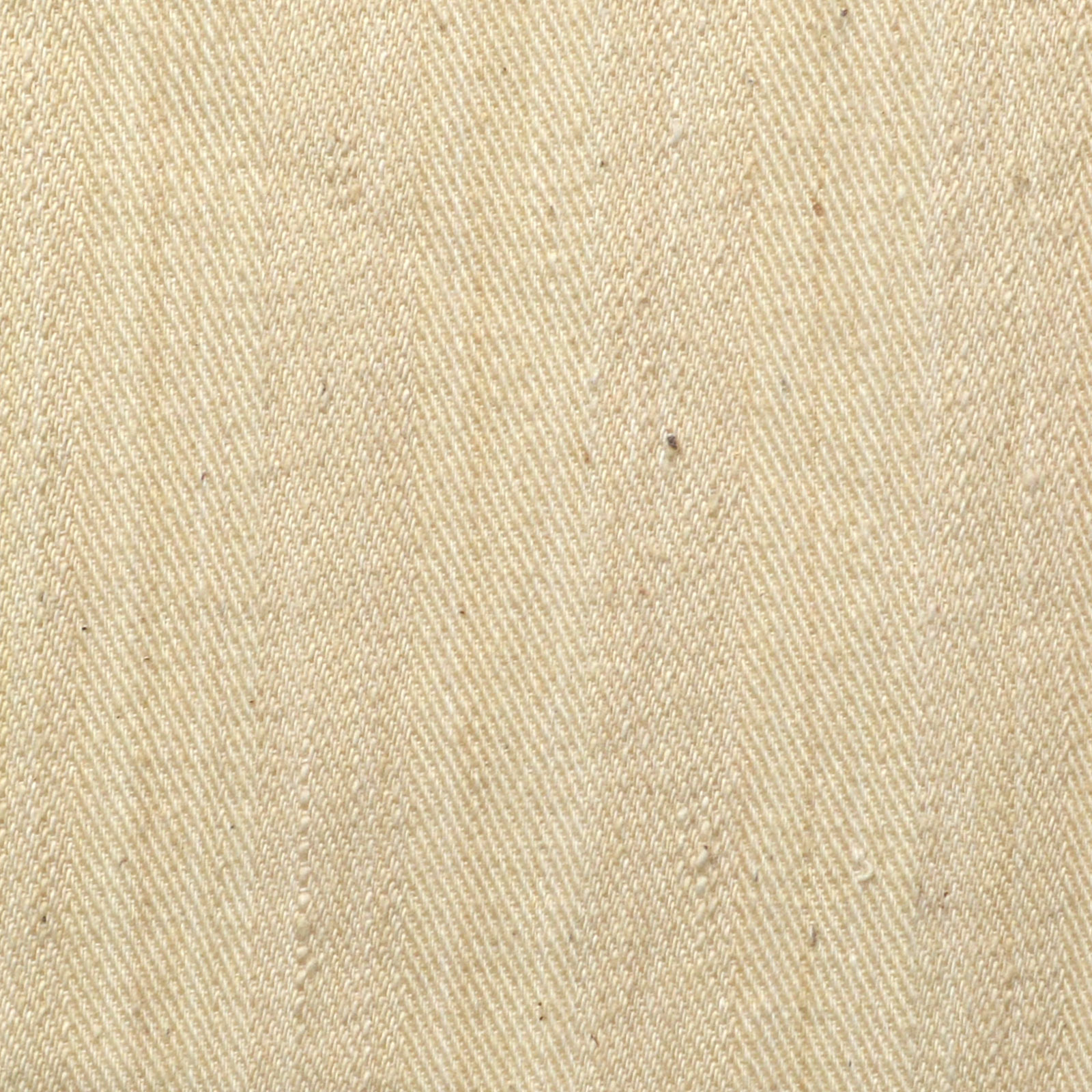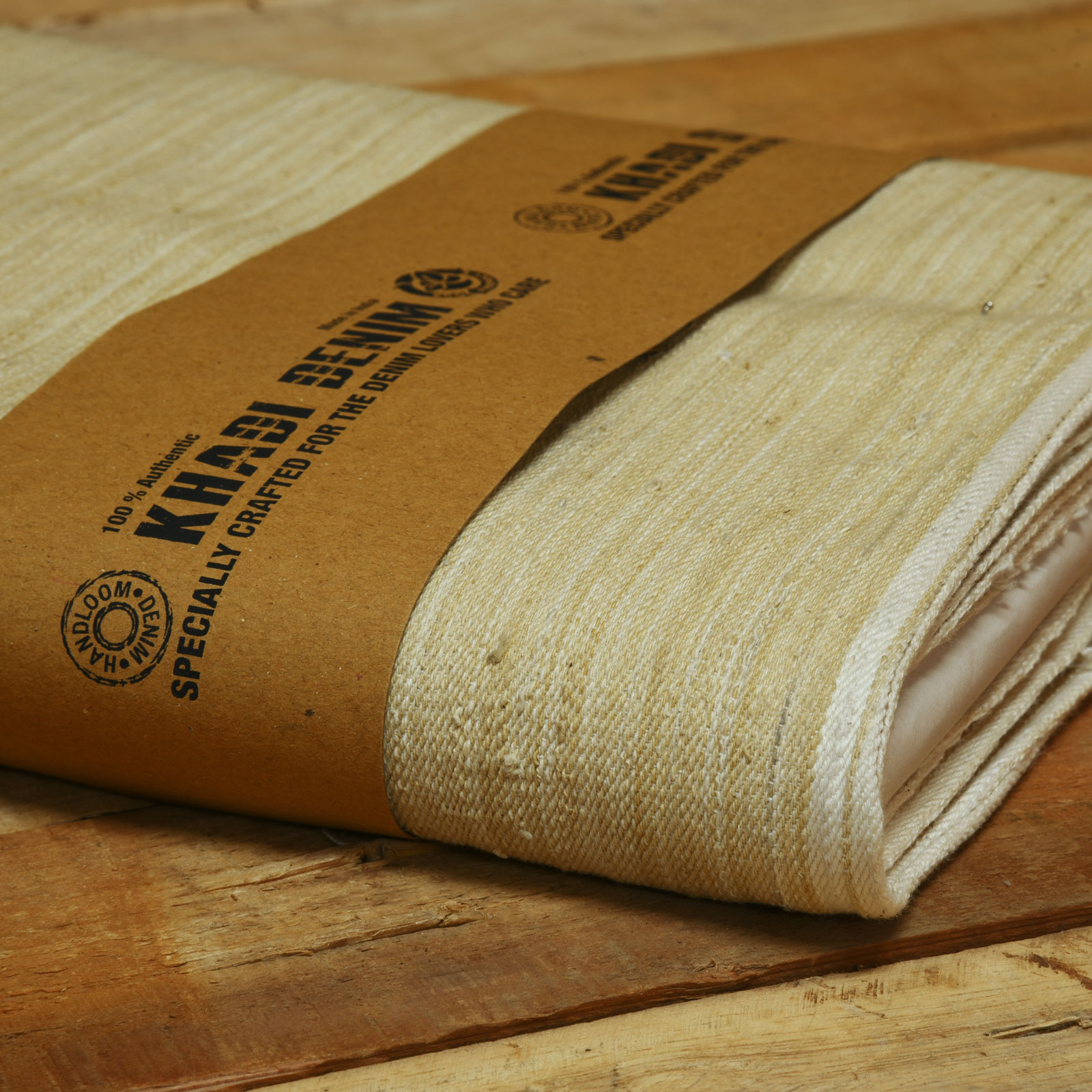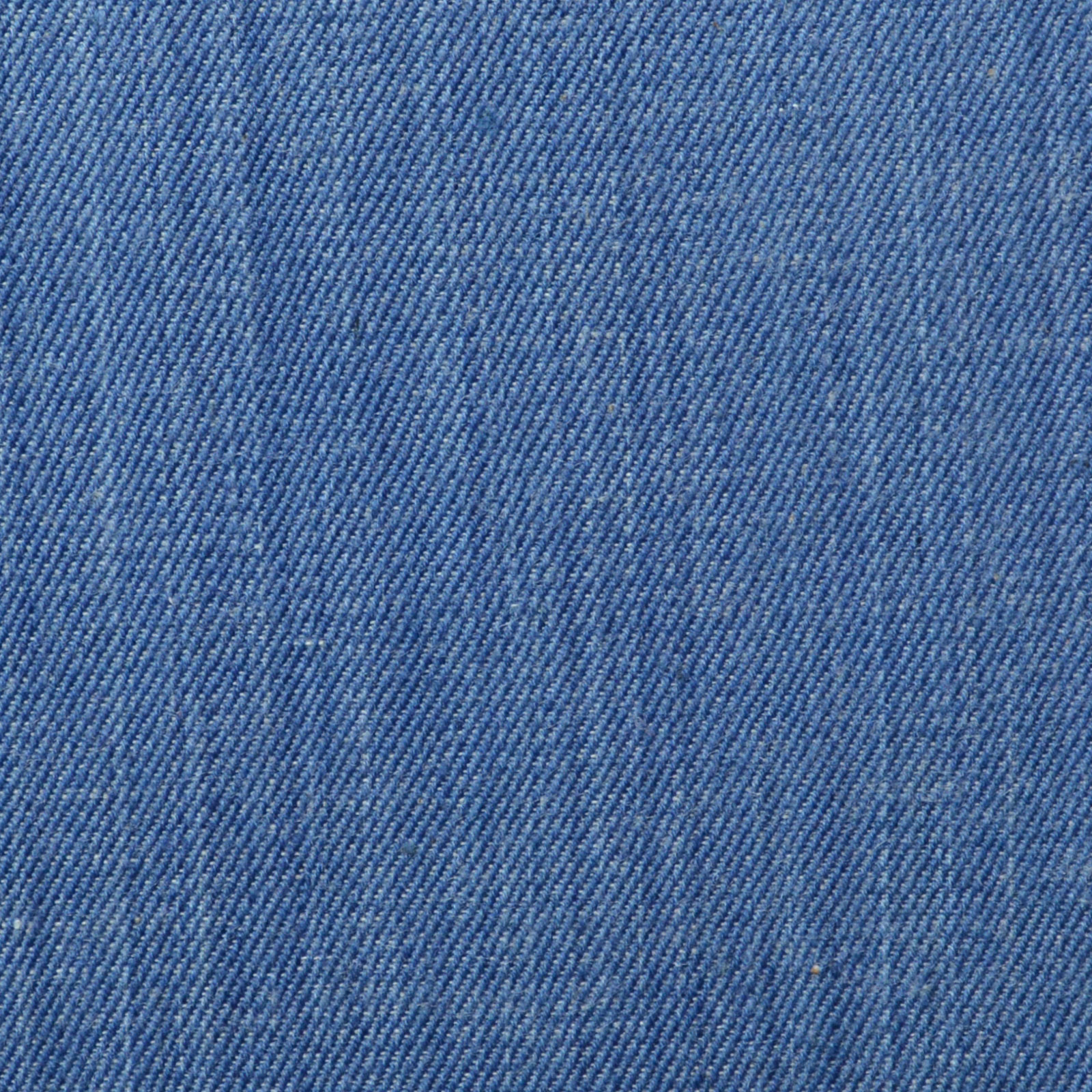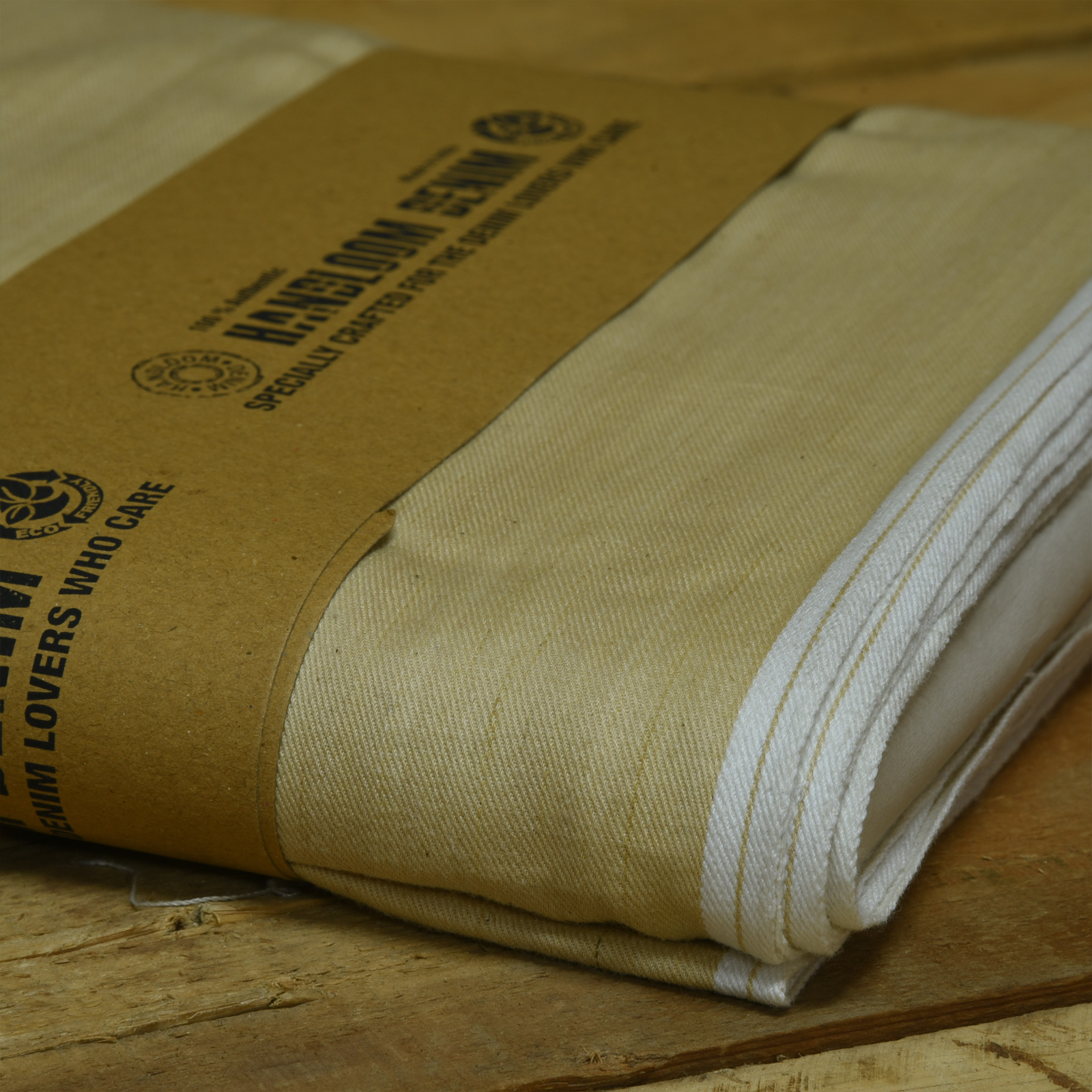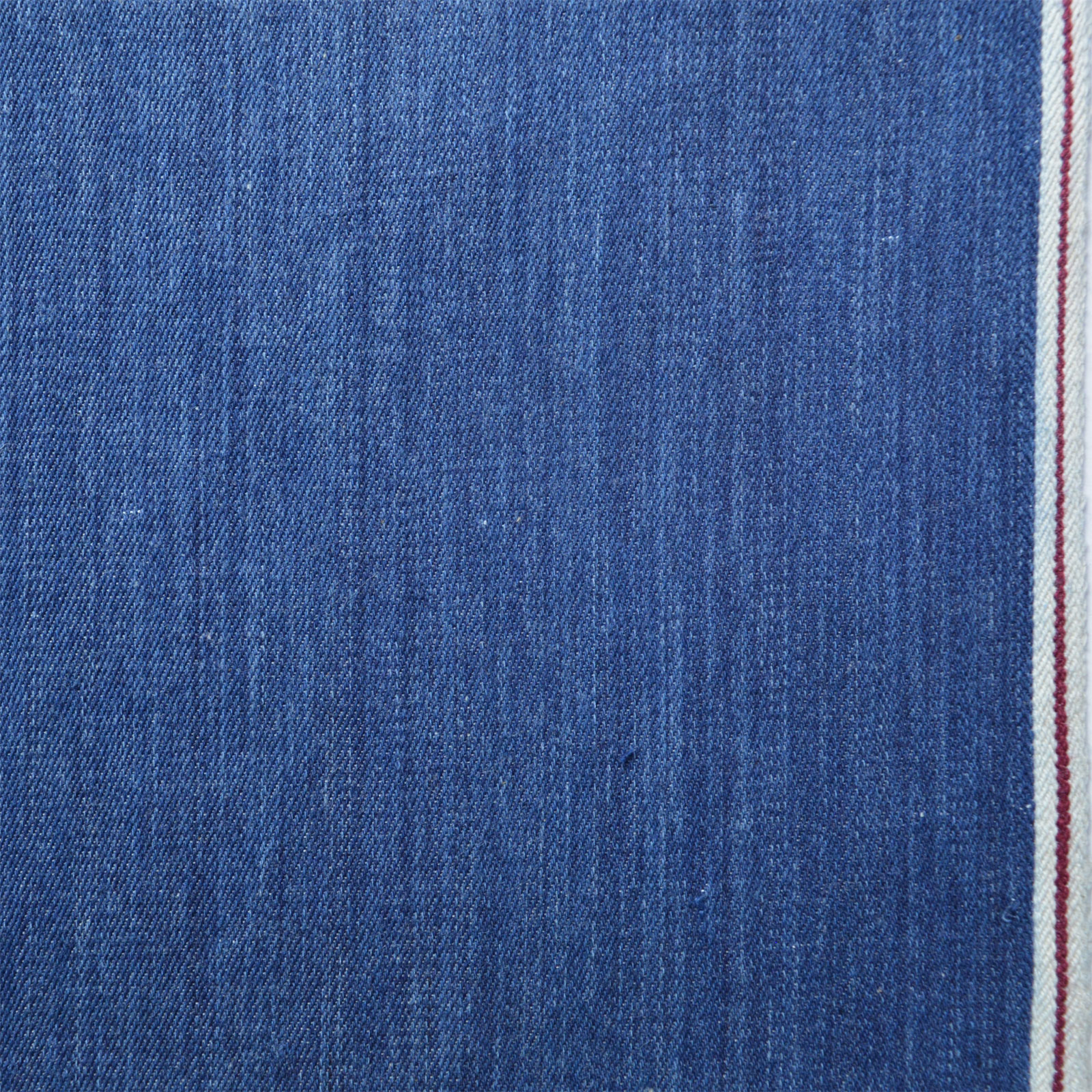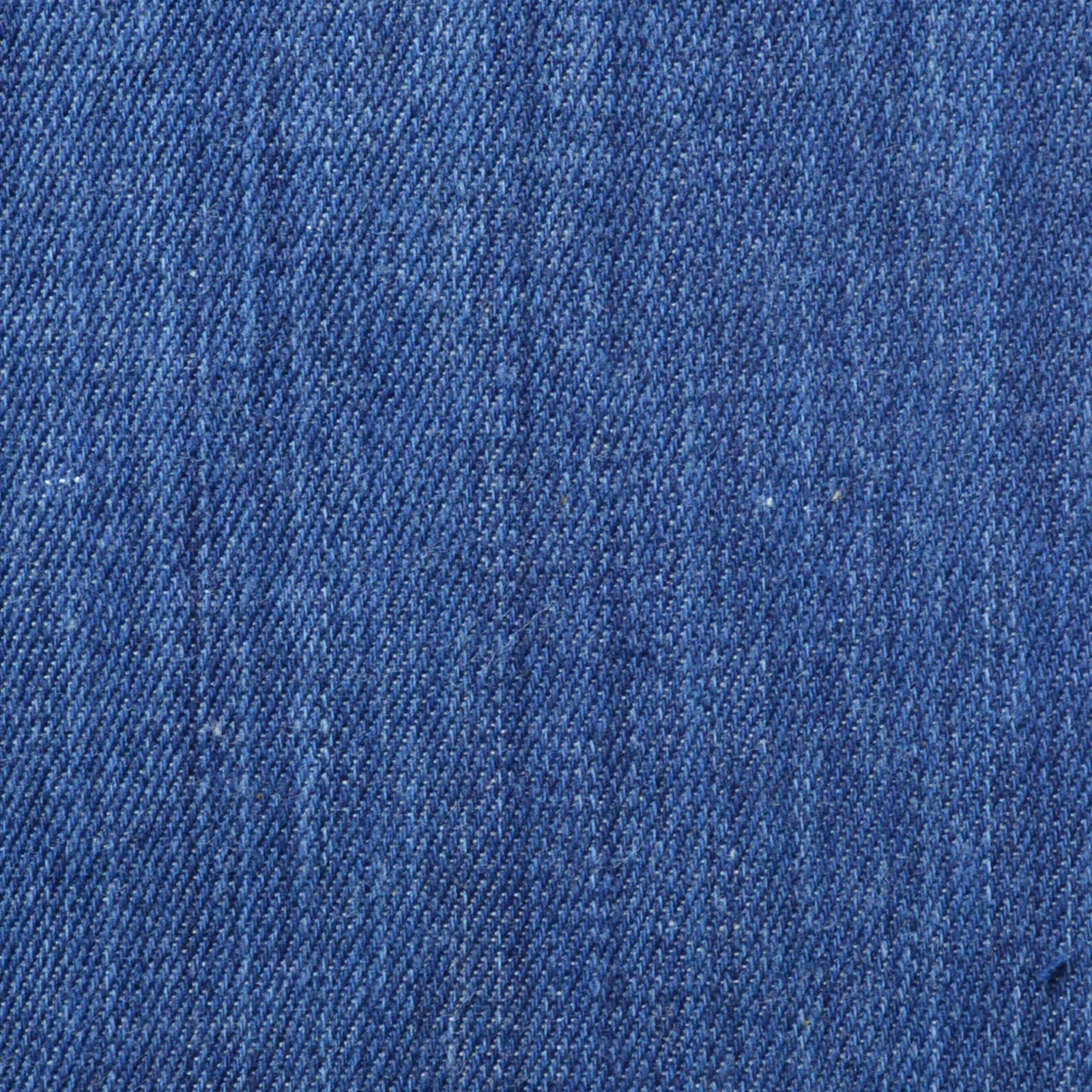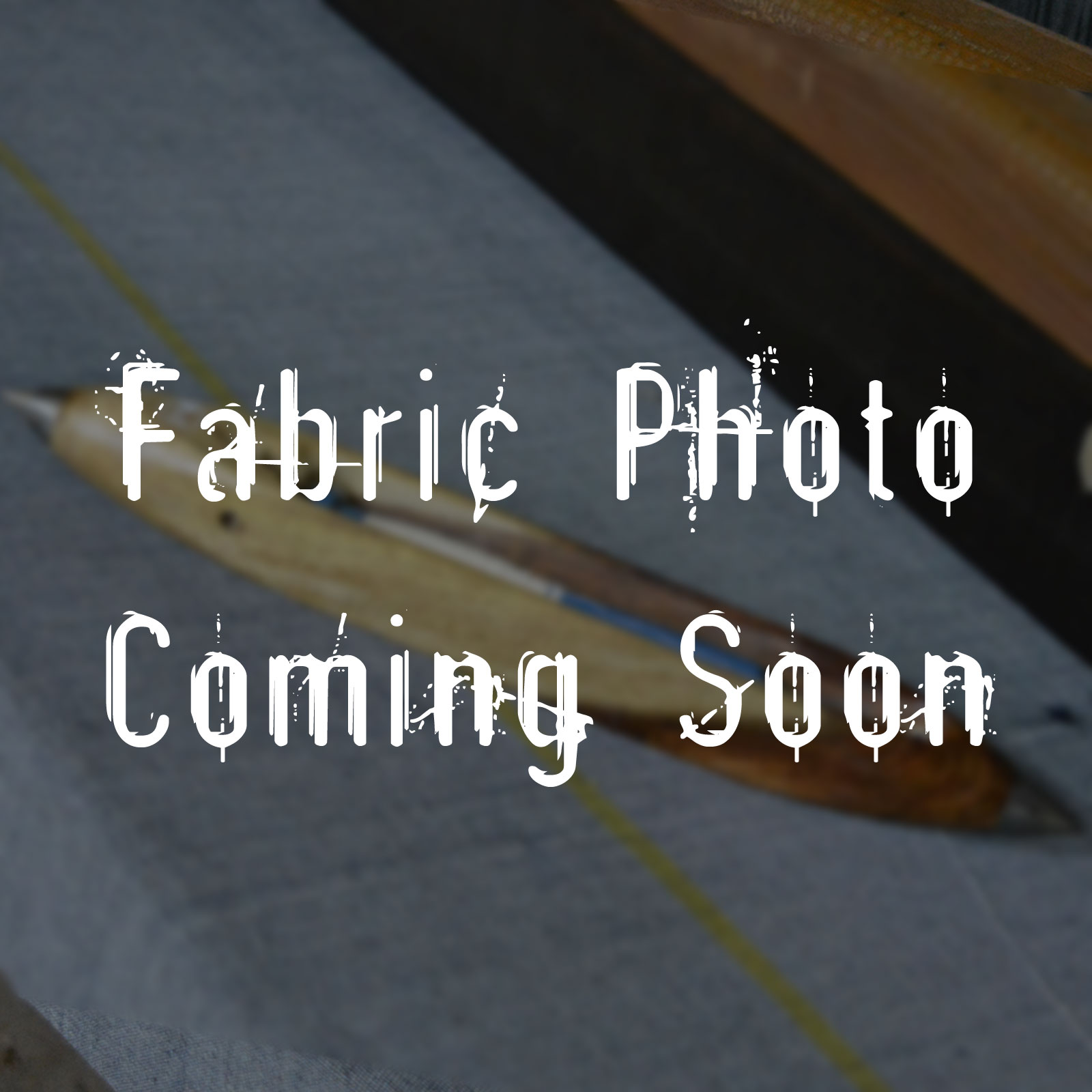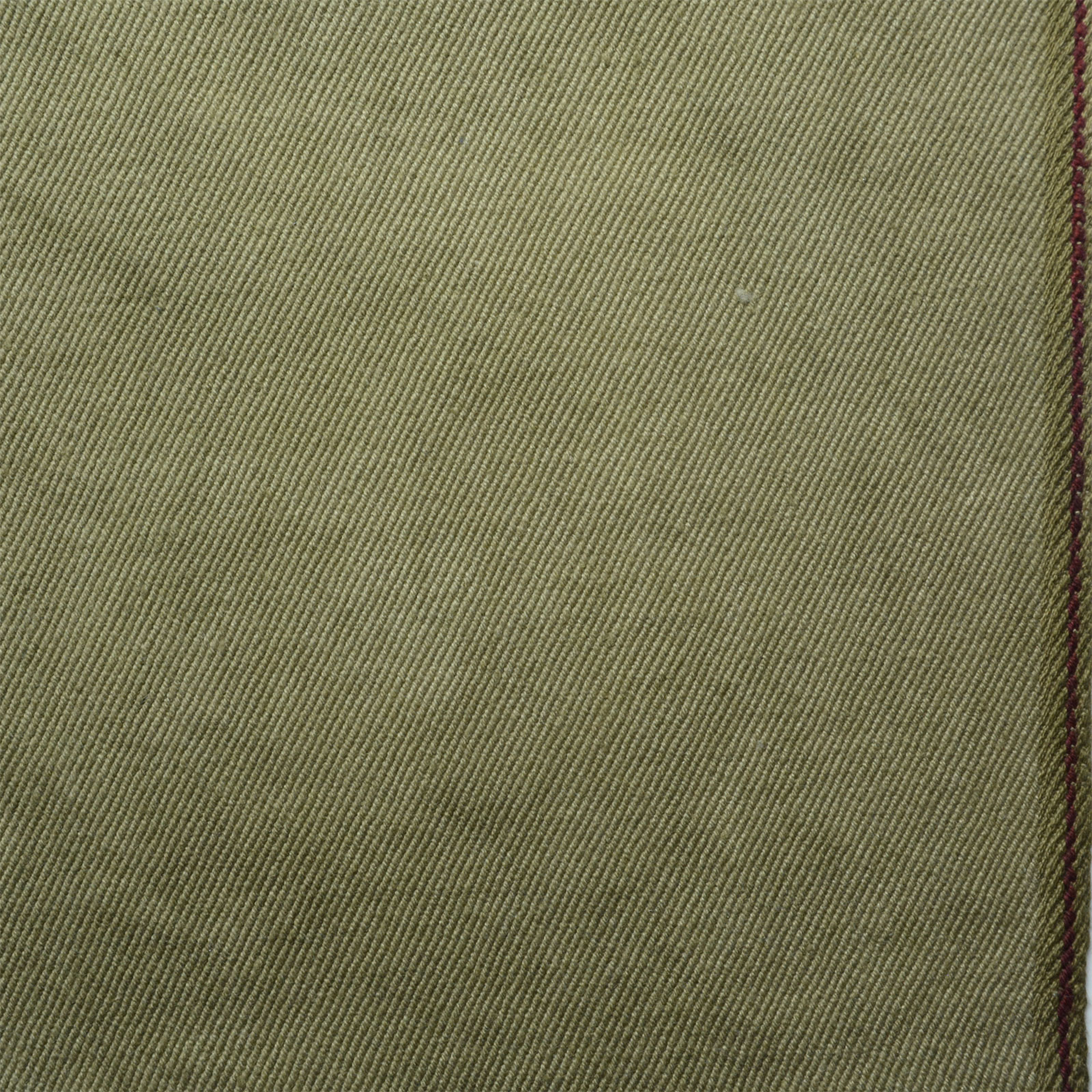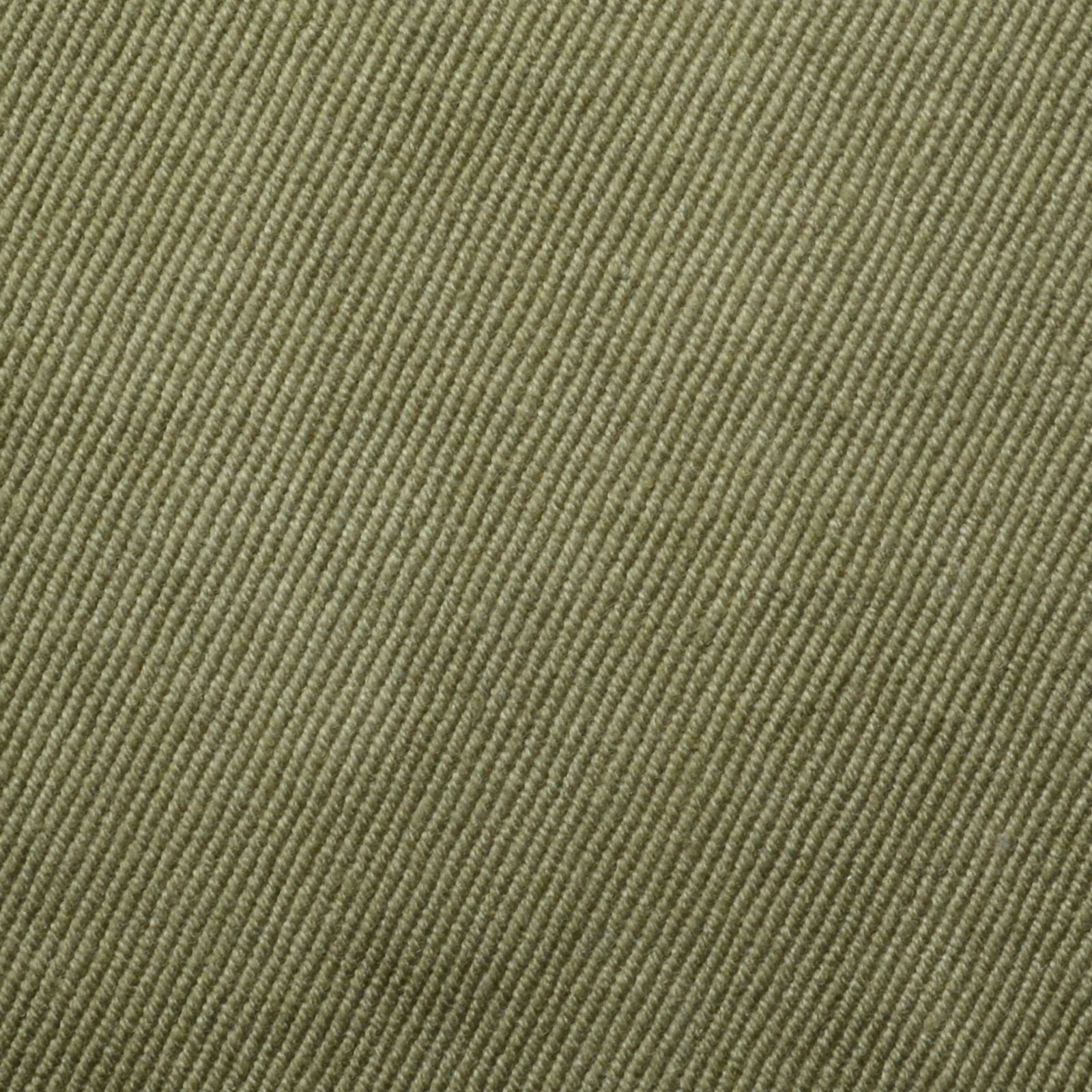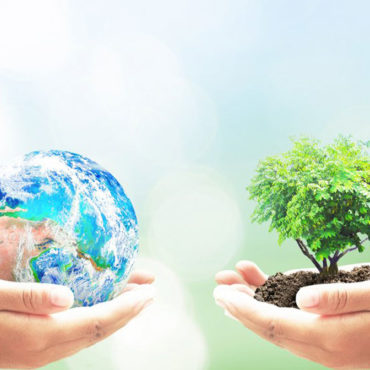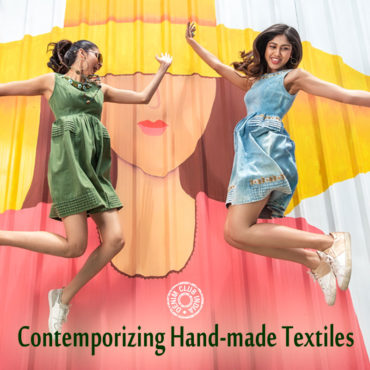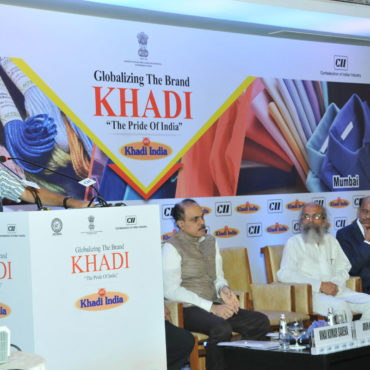Chemical-free dyes and eco-friendly dyeing are central to the whole thought of sustainability.
We use a wide variety of eco-friendly organic vegetable dyes, extracted from indigo plants, pomegranate rind, marigold petals, eucalyptus leaves, onion skins, madder roots, etc.
In most cases, the color is extracted from zero-value waste material, using the age-old method of fermentation, or by boiling the raw material in crushed state.
The yarn is dyed in hank form, manually, with minimal consumption of energy.
Prior to the discovery of Mauveine (aniline purple), in 1856, by William Henry Perkin, all dyeing was done with naturally occuring substances.
Locally available sources of color – plants, animals, and minerals – were harnessed to extract the pigment and use it for dyeing textiles, and other items, all across the globe.
We have been trying to make the best use of the traditional knowledge and understanding of natural dyes, to create and offer an unmatched range of eco-friendly and chemical-free textiles.
Why Organic Dyeing
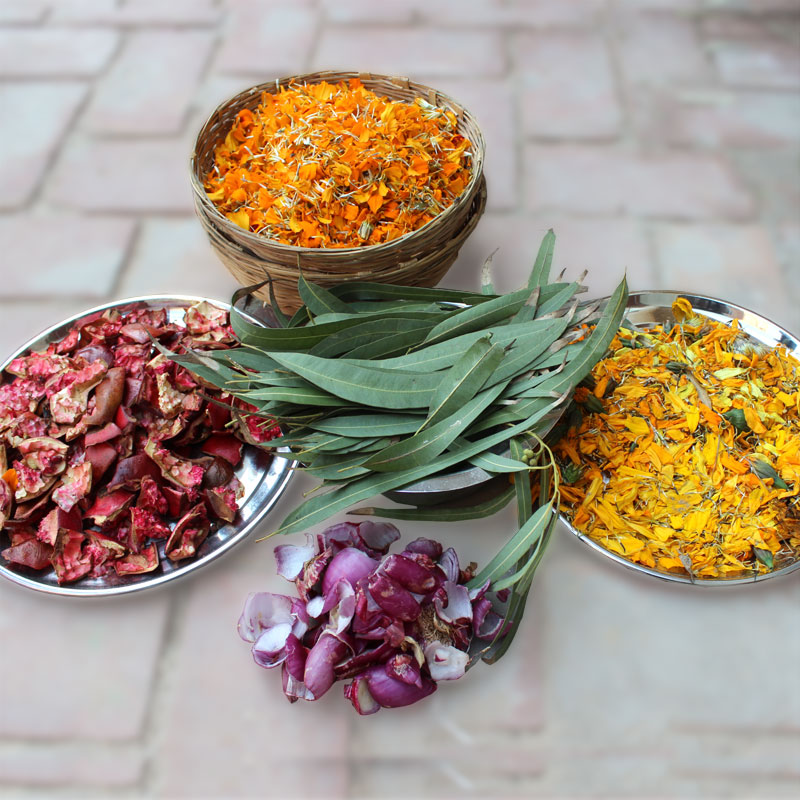
Our skin comes in direct contact with the material used in the clothes that we wear. There are studies which confirmed that our skin absorbs toxins from the clothing and other textiles it comes in contact with. Most of the chemical-based dyes used for coloring textiles are known to be harmful, some are even carcinogenic.
Moreover, the process of producing chemical based dyes and the residual discharge of these dyes is established to be harmful for the environment.
Organic dyes – having their origin in natural raw materials – offer several advantages over synthetic (chemical based) dyes.
Organic dyes are :
- bio-degradable
- non-toxic
- environment friendly
Being free from harmful chemicals, the products in which organic dyes are used are safe for the workers, the consumers, and the environment.
The shades and hues achieved with organic dyes are very soothing and pleasant to the eye.
The organic dyes we use are – in fact – good for not just the environment, but also for the wearer.
Eco-dyeing with Onion Skin
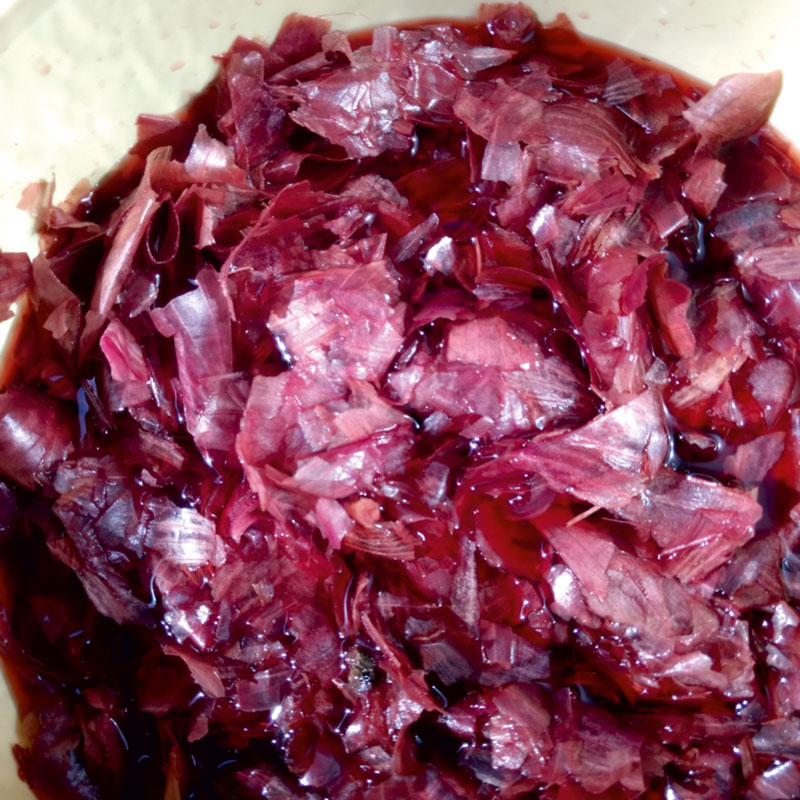
The dry skin of onion, Allium cepa, which is thrown away by everyone, all the time, is a rich source of natural dye, which has been used for dyeing textiles since times immemorial. It results in quite interesting and lovely hues and colors.
We collect onion skins from local eateries (dhaba) who, otherwise, throw away this wonderful and precious source of mesmerizing colors in to the dust-bins, and recycle this zero-value waste to create high-value eco-friendly textiles and fashion.
The pigment, which is very easy to extract, gives an unbelievable range of shades.
The dyeing is completely chemical-free, and organic in nature to the core.
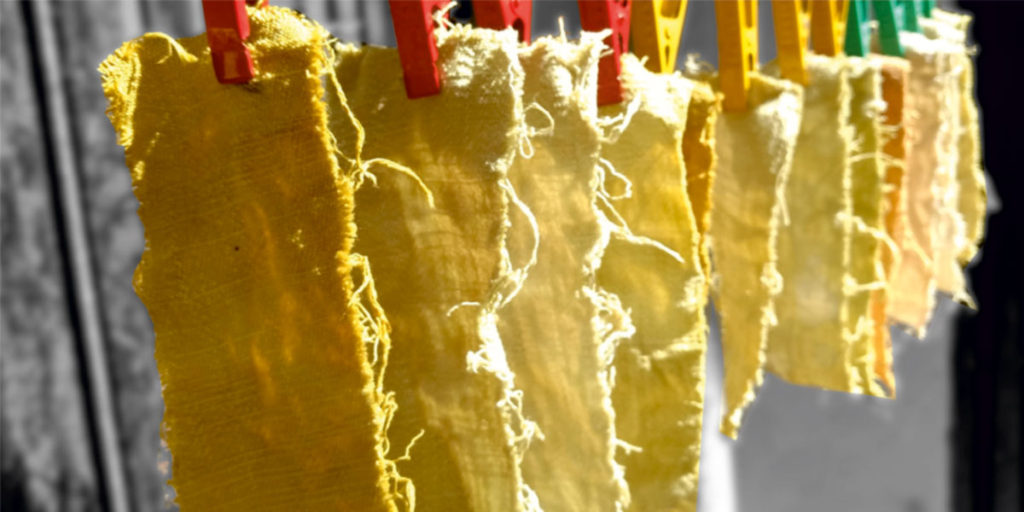
Eco-dyeing with Marigold Petals
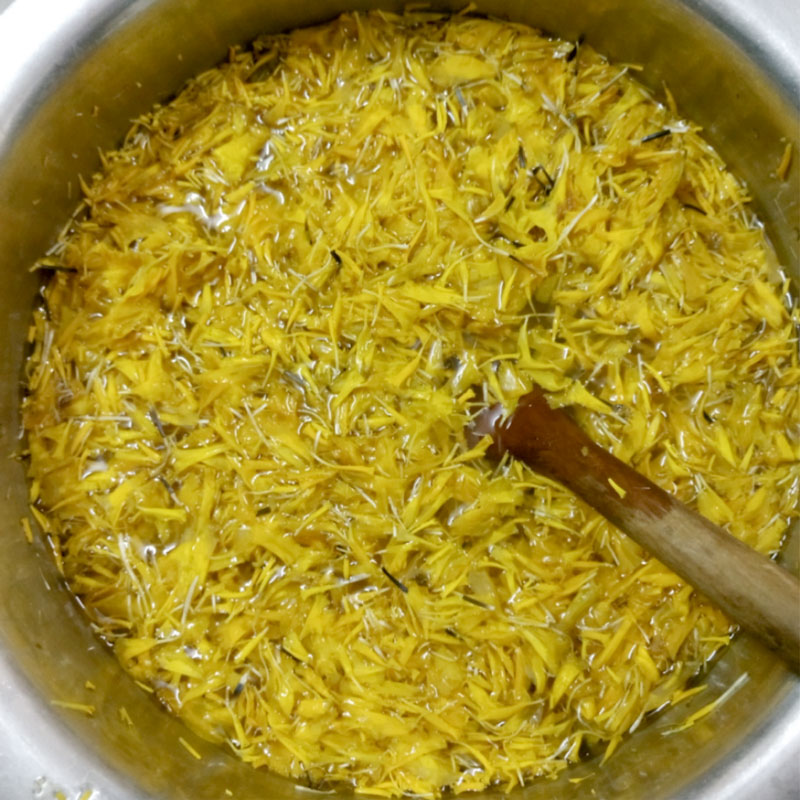
Found in abundance, all around, the marigold flower petals are an excellent source of strikingly pleasant colors – rich vibrant yellows, green-yellows and orange. The marigold dye is one of the best examples of re-cycling the waste to create value.
The pigment, which is very easy to extract, gives an unbelievable range of shades.
The dyeing is completely chemical-free, and organic in nature to the core.
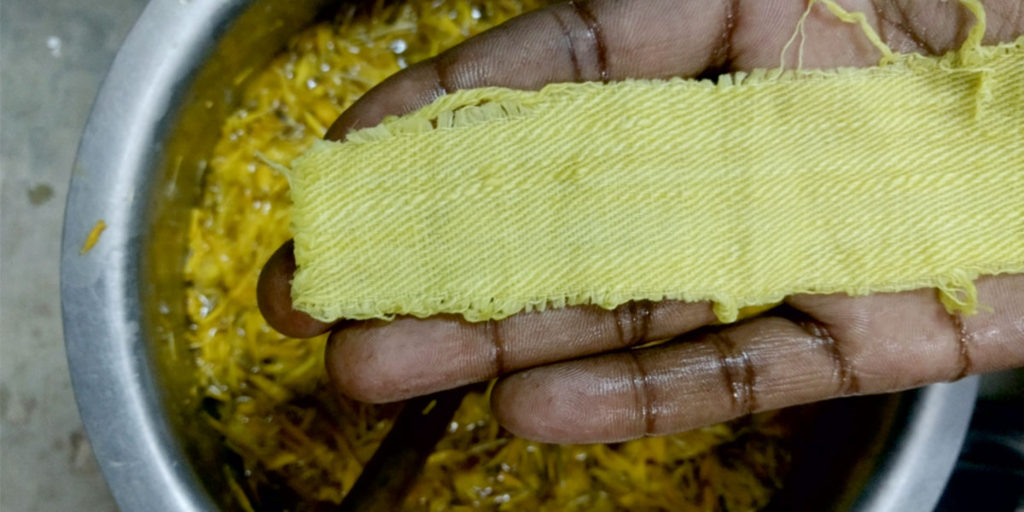
Eco-dyeing with Pomegranate Rind
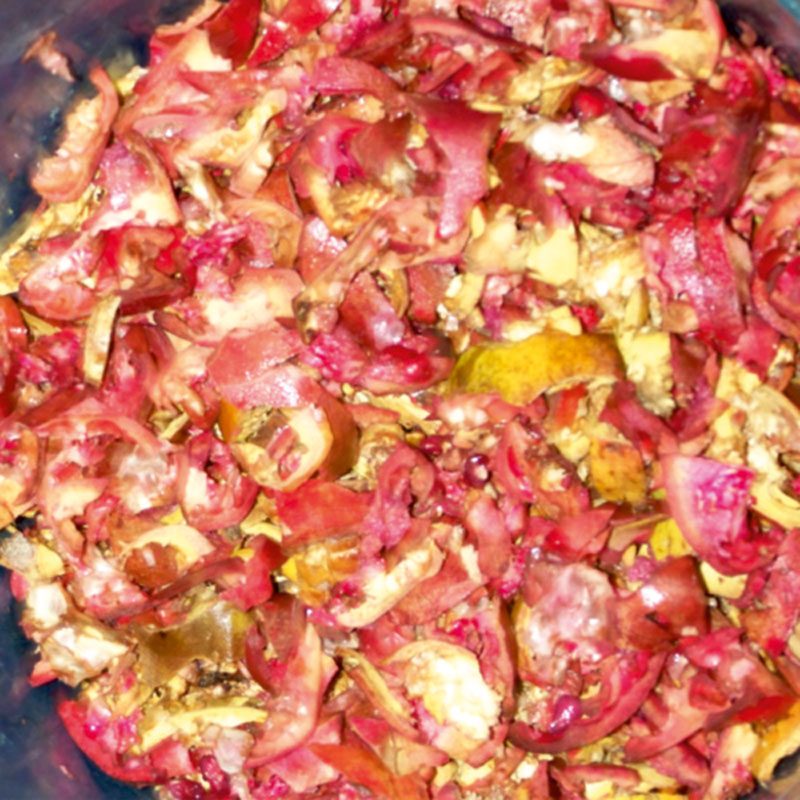
Found in abundance, all around, the marigold flower petals are an excellent source of strikingly pleasant colors – rich vibrant yellows, green-yellows and orange. The marigold dye is one of the best examples of re-cycling the waste to create value.
The pigment, which is very easy to extract, gives an unbelievable range of shades.
The dyeing is completely chemical-free, and organic in nature to the core.
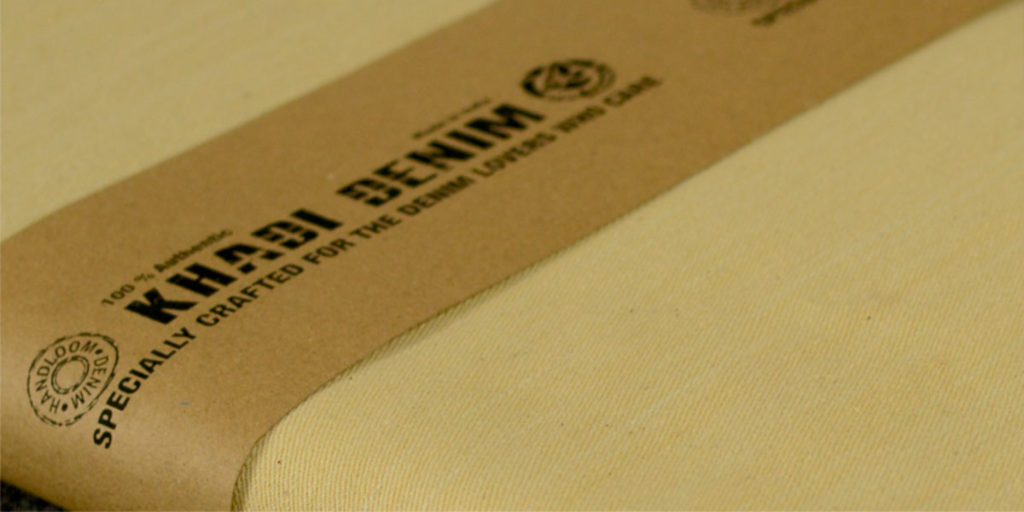
Eco-dyeing with Eucalyptus Leaves
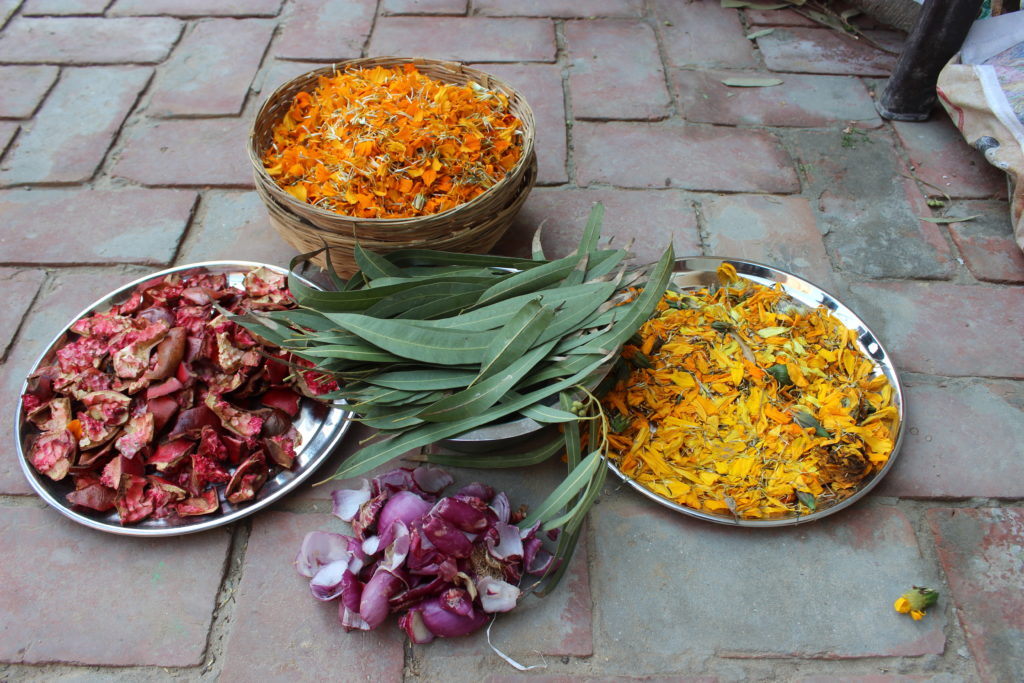
Eucalyptus leaves contain tannin and flavanoids, both of which are critical for proper fixing of the dye. Cotton yarn, or fabric, dyed with color extracted from eucalyptus tree leaves acquire a light yellow / brown color.
We pick up the eucalyptus leaves from inside the forests and from other places which have eucalyptus plantation. The leaves are then dried in sun and a powder is made which is used as the dye. Alternatively, the leaves are cut into small pieces, which ar then boiled in water to extract the coloring material. This is another example of our commitment to recycle organic waste to create high flow eco-friendly products.
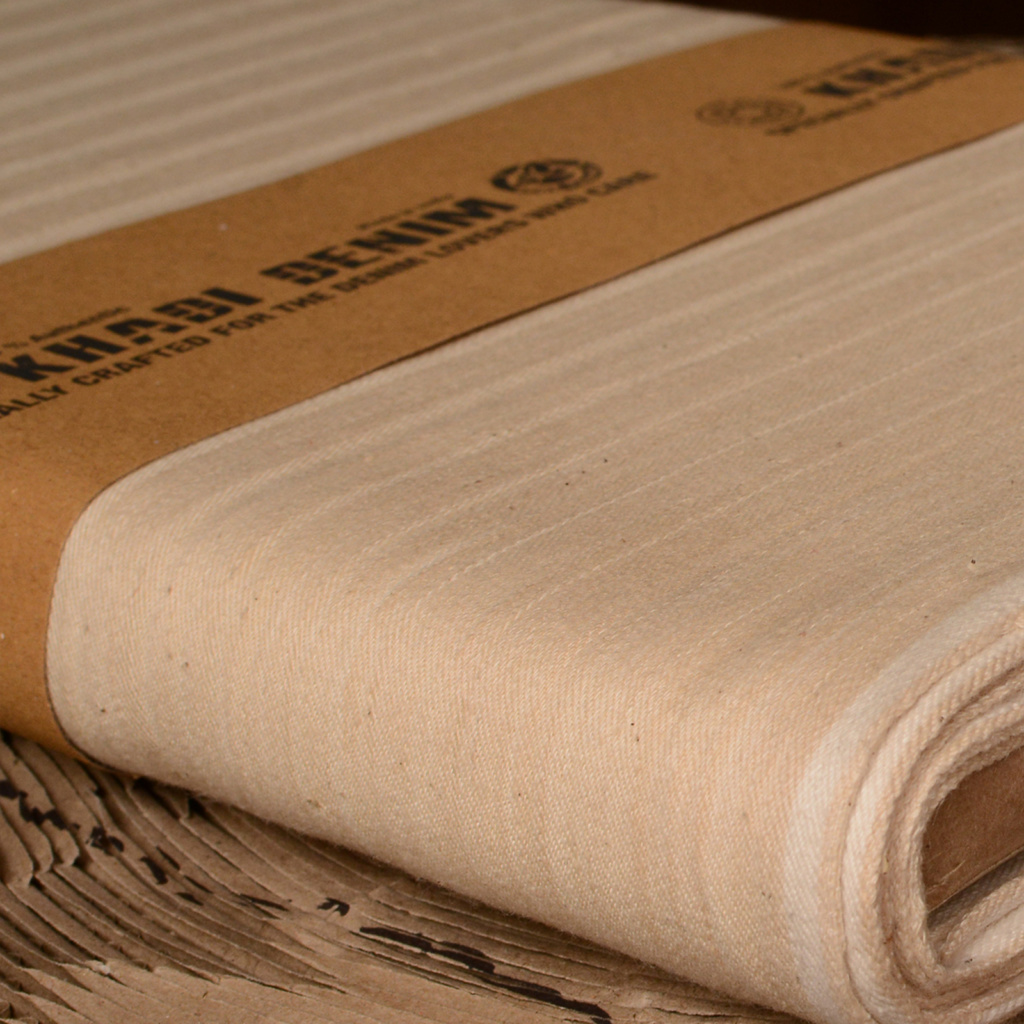
Eco-dyeing with Natural Indigo
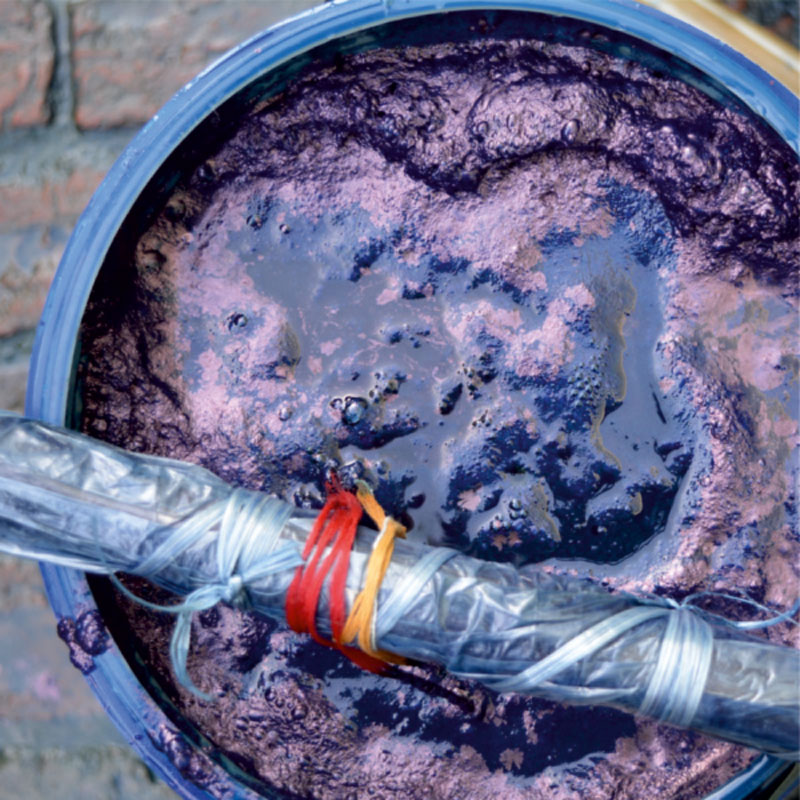
Indigo is among the oldest dyes to be used for textile dyeing and printing. A variety of plants have provided indigo throughout history, but most natural indigo was obtained from those in the genus Indigofera, which are native to the tropics, notably the Indian subcontinent. In fact, the Greek word for the dye, indikón – means Indian.
The dye extracted from the indigo plant is first reduced to in an alkaline vat, the material is then dipped into the vat, several times, as per the depth of color required, and exposed to air in between every two consecutive dips. The color changes from yellow to green to blue on oxidation.
We extensively use natural indigo, to dye yarn as well as fabric, in a wide range of shades, from light to dark. The dyeing is done in a cold dye bath.
We also offer indigo with minimal dry crocking, in both yarn-dyed and fabric-dyed categories.
Click here to check out our Indigo Dyed collection.
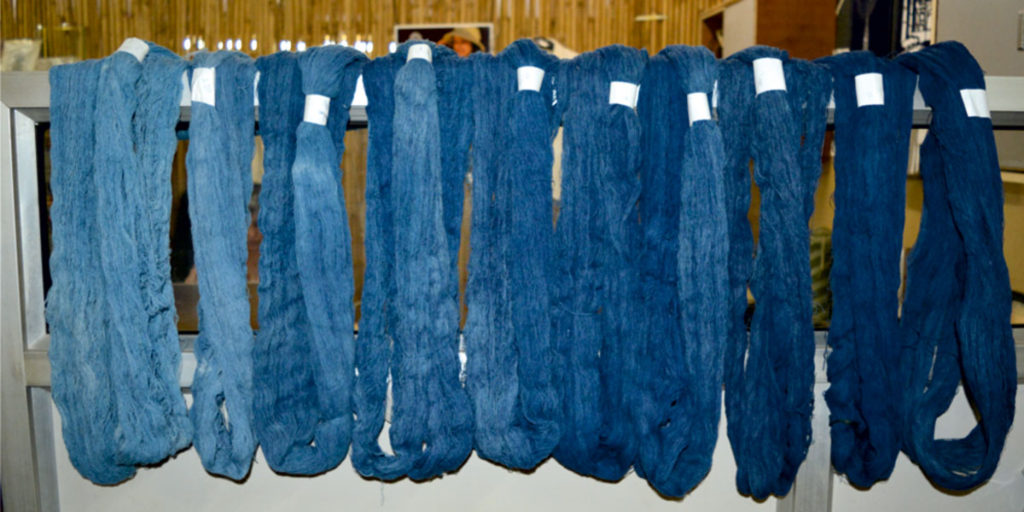
Eco-Denim With Natural Dyes
We use a wide variety of eco-friendly vegetable dyes, extracted from natural organic sources like indigo plants, pomegranate rind, marigold petals, eucalyptus leaves, onion skins, madder roots, and many more.
We offer eco-denim made using organic natural dyes in two variants – yarn dyed and fabric dyed.
In the yarn-dyed fabrics, the yarn is dyed – while it is in the form of hanks – before it is woven into fabric. On the other hand, in fabric-dyed variety, the fabric is woven with un-dyed yarns, and the dyeing is carried out after the fabric is woven.

